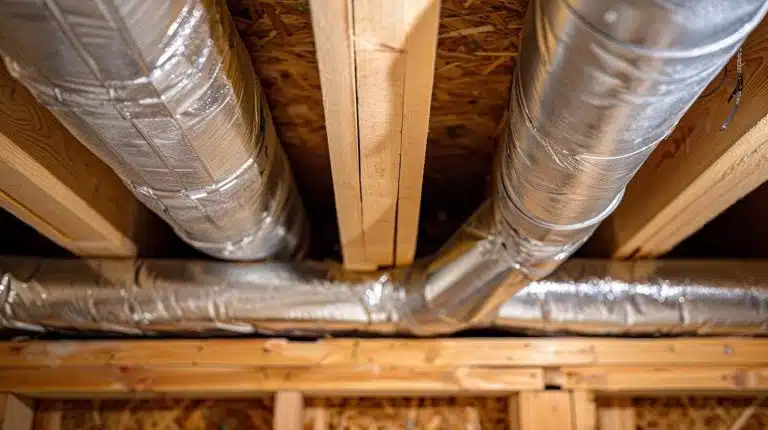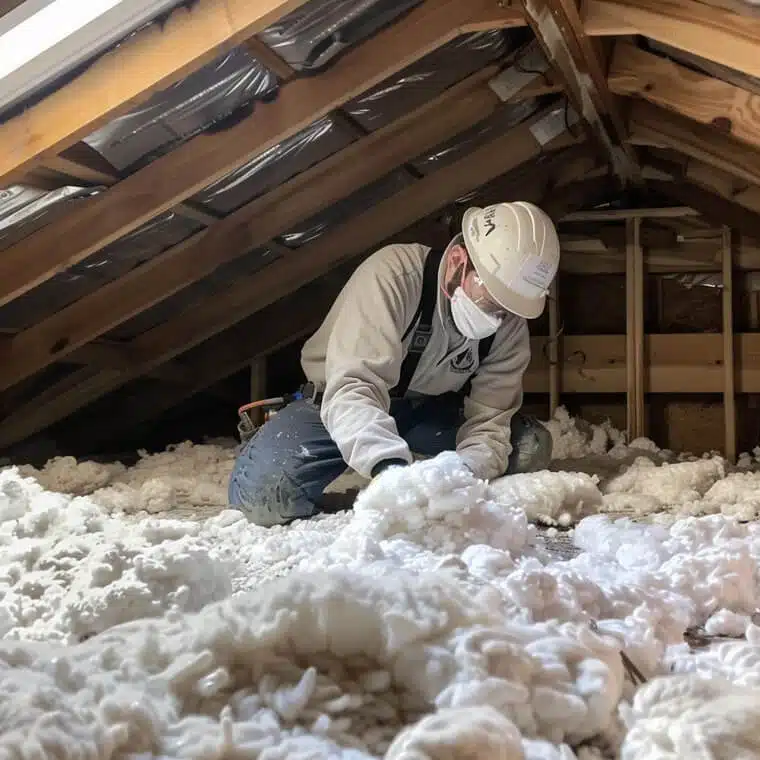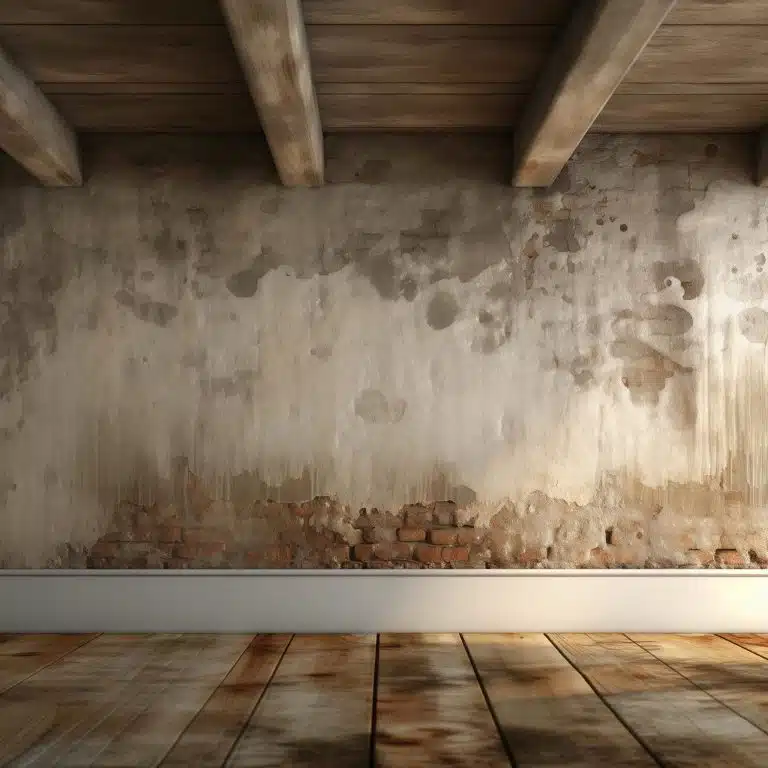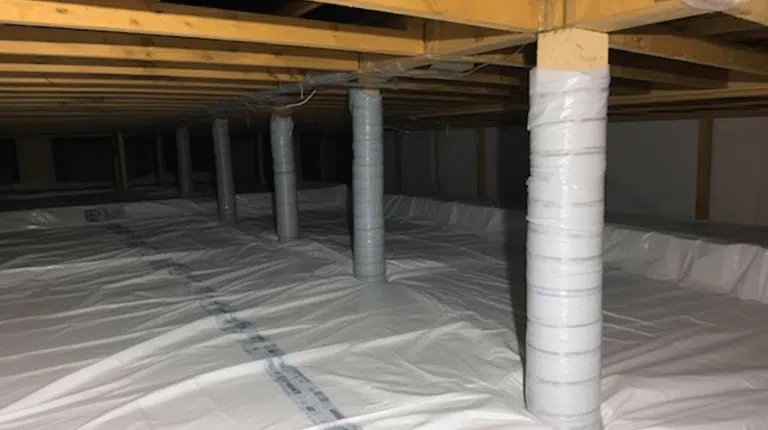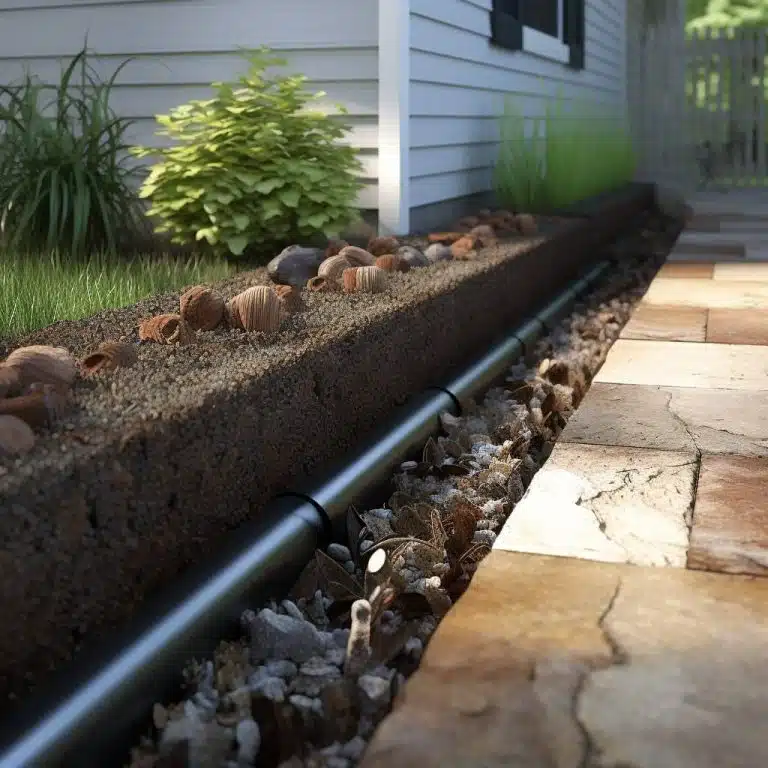Encountering an unexpected guest hopping across your living room or basement can be nothing short of startling. But if that guest is a spider cricket, you might find yourself facing more than just a one-time visitor.
These elusive creatures have a habit of making unwelcome appearances in homes, and while they’re not dangerous, they can be a nuisance. So if you’ve found one or more in your home, here’s what you need to know about spider crickets and how to get rid of them.
What Are Spider Crickets?
Spider crickets, also known as cave crickets, camel crickets, and sprickets, are a common household pest. Despite their name, they are not true crickets or spiders. These jumping insects get their name from their large, spindly legs that resemble the long limbs of spiders.
Spider crickets have oval-shaped bodies that range in size from 1/2 inch to over 1 inch long. They are light brown to reddish-brown in color and have a humpbacked appearance.
Their legs are very long and slender, with enlarged hind legs specialized for jumping. They also have exceptionally long antennae that can be as long as their entire body.
Unlike field crickets that live outdoors, spider crickets do not chirp. They make squeaking and rattling sounds by rubbing body parts together or drumming on surfaces.
The drumming sound is a mating call males make to attract females. Spider crickets are also known for their jumping ability, using their strong hind legs to leap several feet.
Why Spider Crickets Invade Homes
Spider crickets invade homes to find shelter and dampness they can’t find outdoors. They prefer environments like basements, crawlspaces, beneath debris, and in cracks and crevices.
They also flourish indoors because there are no natural predators like lizards, birds, or spiders to feed on them.
Signs of a Spider Cricket Infestation
Identifying a spider cricket infestation can often be quite simple due to the distinctive signs these creatures leave behind. Here are a few signs to look out for:
- Physical Presence: Since spider crickets are nocturnal, you’re more likely to see them at night. They’re attracted to light, so you might easily spot them around lamps or windows.
- Damage to Materials: Spider crickets are omnivores and can feed on an assortment of organic materials, including textiles, cardboard, wood, and plant matter. So, if you notice unexplained damage to such items, especially in damp and dark areas of your home like basements or crawl spaces, it might indicate a spider cricket infestation.
- Cricket Droppings: Like other insects, spider crickets leave behind droppings. These small, cylindrical droppings are usually black or brown and can often be found in the areas where the crickets inhabit.
- Jumping Insects: Spider crickets are known for their jumping ability, which they use as a defense mechanism. If you see insects jumping wildly in your home, particularly in dark and damp areas, these could very well be spider crickets.
- Crickets in Skin Contact: Spider crickets often explore their surroundings through touch, and if they land on human skin, they may use their mouthparts to test the ground. So, if you’ve experienced something like this, then you may be dealing with spider crickets.
How to Get Rid of Spider Crickets
Here are some smart and effective ways to get rid of sprickets.
Set up Sticky Traps
Sticky glue traps are an easy way to catch and kill spider crickets. Place the traps along walls, under appliances, and anywhere else you commonly see the crickets.
Seal Cracks and Entry Points
Spider crickets enter homes through cracks, crevices, openings around pipes, gaps beneath doors, and other small openings. Seal these entry points with caulk or weather stripping to block access from the outside.
Pay special attention to window wells, vents, utility entry points, and the foundation. This helps prevent new spider crickets from invading.
Reduce Moisture Sources
Spider crickets thrive in damp, humid environments. Therefore, reducing moisture sources like leaky pipes, standing water, and wet rags can help get rid of them.
Install a Dehumidifier
Using a dehumidifier helps maintain lower humidity levels. This makes your home less attractive to spider crickets looking for moist environments. Place dehumidifiers in problem areas like the basement and try to keep the humidity under 50% to deter the crickets.
Regular Cleaning
Frequent vacuuming and decluttering can also deter spider crickets. They often hide in dark, cluttered areas, so eliminating these spaces can make your home less appealing. Pay special attention to corners, closets, and storage areas, removing any potential hiding spots.
When to Call a Professional Exterminator
If you have a serious spider cricket infestation that you can’t get under control, calling a professional pest control company may be your best option. Here are some signs it’s time to bring in the pros:
Large Infestations
If you are seeing dozens or even hundreds of spider crickets in your home, especially over a short period of time, you likely have a major infestation on your hands.
Trying to tackle a population boom like this with DIY methods may not be effective enough. Pest control professionals use powerful pesticides and treatment methods to fully eradicate large numbers of spider crickets.
Persistent Infestations
If you’ve tried both chemical and natural DIY methods over several weeks but are still seeing spider crickets daily, it’s a sign your infestation is entrenched. A professional exterminator can inspect your home to find areas where the insects are accessing and hiding and do comprehensive treatments inside and outside your home to finally clear them out.
Health/Asthma Concerns
The droppings and shed exoskeletons of spider crickets can trigger allergies and asthma symptoms. If you or someone in your home has respiratory issues like asthma that are flaring up due to an infestation, calling a pro to eradicate the crickets is advisable.
The stronger chemicals professionals have access to can knock down the infestation faster than DIY methods.
Final Remarks
Although spider crickets are not harmful per se, they can be a nuisance in the home and cause damage to your belongings. Plus, no one wants to live in the same space with a bunch of creepy crawlies.
So, if you have an infestation of spider crickets, it’s best to call a professional pest control company to get rid of them for good.
Frequently Asked Questions about Spider Cricket Infestations
Should I Use Chemicals to Control Spider Crickets?
Chemicals such as insecticides can be effective, but they must be used with caution. Baited traps with insecticides can also be part of your control strategy.
Do Spider Crickets Carry Diseases?
While spider crickets are not a vector for any known diseases, their droppings and shed skin can cause allergic reactions in some people, and their presence can contribute to issues with mold and mildew.
How Long Do Spider Crickets Live?
An individual spider cricket usually lives around one year, but the lifespan can vary depending on the environmental conditions and availability of food resources.
Can Spider Crickets Reproduce Indoors?
Yes, spider crickets can breed indoors, and a female spider cricket can lay more than 100 eggs in a breeding season. The nymphs hatch in the spring and reach adulthood in about two months.
What Time of Year Are Spider Crickets Most Active?
Spring through the early fall is typically when spider crickets are most active, as this is their breeding season. However, in indoor environments with controlled climates, their activity can often be year-round.
Are Spider Crickets a Sign of a Dirty House?
Not necessarily. Spider crickets are primarily attracted to damp, dark environments, which can be found even in clean houses. But they also appreciate places where they might find food like cardboard, fabric, and fungi, which can thrive in unkempt areas.
Sources
WikiHow (2023). 8 Strategies to Kill Spider Crickets in Your House. Retrieved from https://www.wikihow.com/Get-Rid-of-Spider-Crickets/
WebMD (January 7, 2023). Spider Crickets: Why You Get Them, Health Risks, and More. Retrieved from https://www.webmd.com/a-to-z-guides/spider-cricket-what-to-know/
LeafyPlace (2023)Spider Crickets: Identification and Control (with Pictures). Retrieved from https://leafyplace.com/spider-crickets/
Better Homes & Gardens (2023)What is a Spider Cricket? 5 Facts About the Basement Pest. Retrieved from https://www.bhg.com/gardening/pests/spider-crickets/


